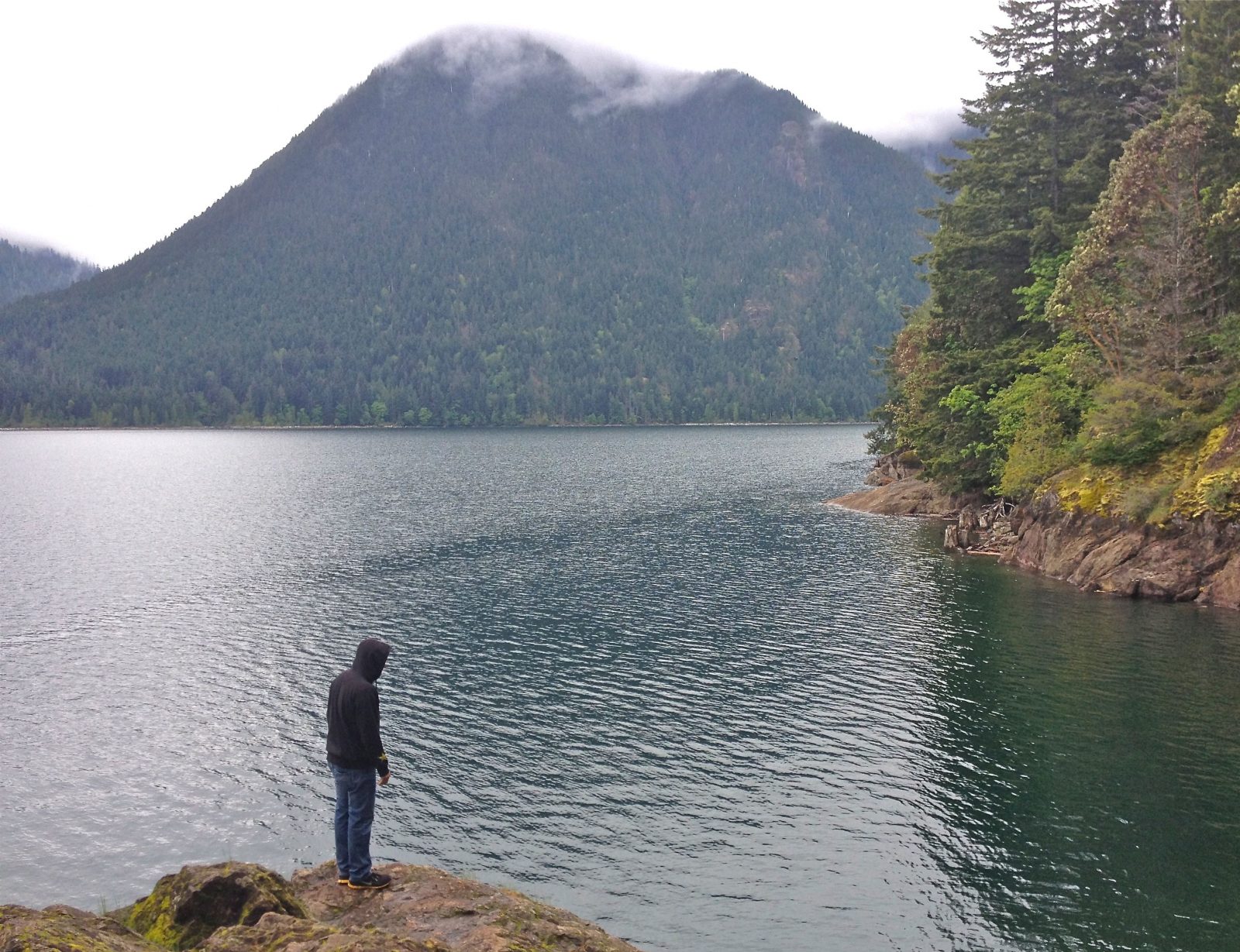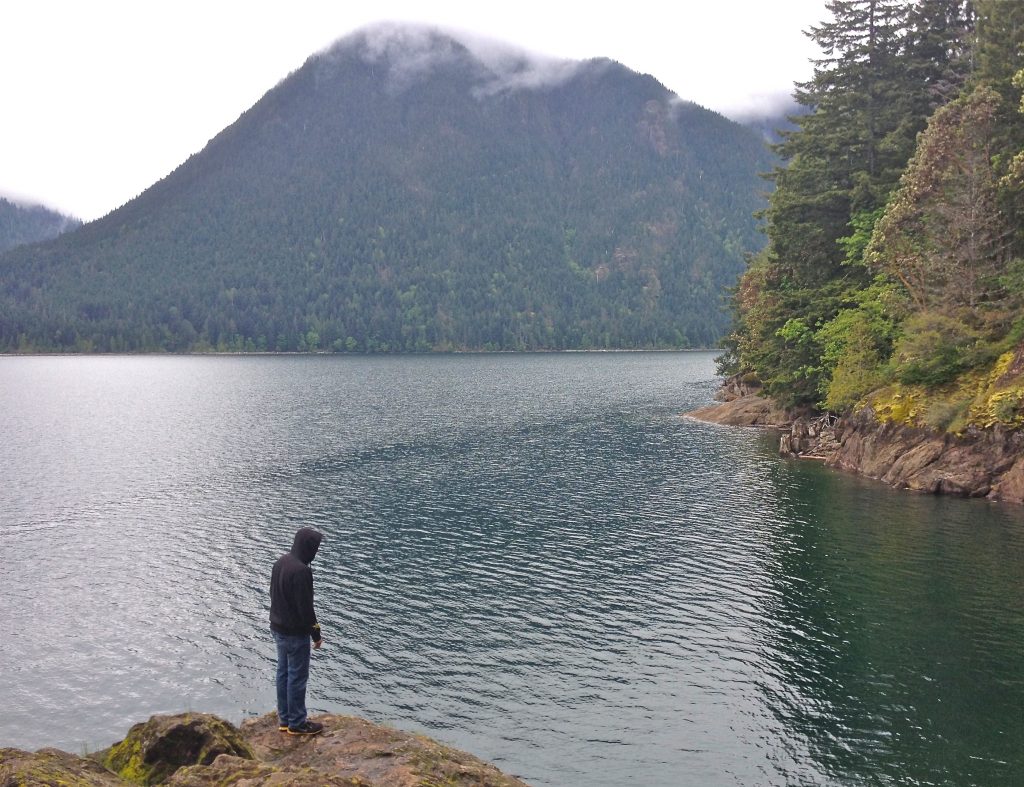Myth of the Long Ranger


Although watershapers are well-known for independence and sometimes almost fierce individualism, the art and craft of creating aquatic spaces is virtually always a collaborative effort. That’s why, says Kurt Kraisinger, shelving the myth of the Lone Ranger and embracing teamwork is critical to success
By Kurt Kraisinger
Have you heard Three Dog Night’s song, “One”? The opening lyrics ring out, “One is the loneliest number that you’ll ever do”. The sentiment was dead on – we need other people, whether we admit it, or even like it or not. Humans are, after all, a pack animal.
Fact is one person simply cannot do everything on their own, no one can. As much as I would like to knock off every item from my list (without relying on others), it’s simply not going to happen. For one, I don’t have the time and energy. And two, a lot of to-do’s necessarily require the help of others.
The Lone ranger Character is glamorized in movies but is he really a true picture of success? I think not, even he relies on Tonto. Even in the Wild West, where we imagine a world defined by individualism and complete freedom, the need for each other was constant.
Collaboration is the glue that binds people, processes, and projects together. It shows up in our personal and professional lives and we’re smart to acknowledge that relying on others is a strength, not a weakness. Collaboration is relying on others and also getting along with them.
We collaborate with friends and family all the time whether we realize it or not. Even the choice to skip the self-checkout line for a real person, or visit with a barista rather than grabbing a quick coffee at Quicktrip, is a choice to collaborate. We don’t always call it “collaboration” but ultimately, we spend extra time and dollars because we like being around people. We pay for connection and we pay for a better product.
DON’T GO IT ALONE
The principle of collaboration, or lack thereof, plays out professionally all the time. Sometimes it’s professional organizations that market themselves as collaborative but are in fact, about competition. Think of the basketball player who never passes the ball–he wants individual fame and success without recognizing that he’s got to work within the group to truly become a success.
Offices can run the same way. I’ve worked in places that were so cut-throat that the team members isolated themselves on purpose because there was no freedom to collaborate. Why share an idea if there’s a risk that someone will steal it and say it’s theirs? When we go-it-alone, insecurity, competition and selfishness result.
By contrast, we do better personally and professionally when we shelve the lone ranger mentality and put our energies, ideas and creativity together. As mentioned above, large, worthy goals require collaboration with others. Landscape and watershaping projects are certainly that way.
No one executes them entirely by themselves. Collaboration in our industry is inevitable, whether by intention or not. In fact, if I offered my services online with no face-to-face interaction, my business wouldn’t be successful. Success means that we must collaborate with cities, contractors, consultants, and clients. I’ve often said that 90% of problems are communication issues.
I’ve also discovered that what’s required in soothing a stressed-out client is not an answer to their problem but instead for them to know that I’m there for them and that they can rely on me during their project. It goes back to waiting in a long line to interact with a real person, clients will pay more for services to have your interaction and reassurance in the process.
So how can the principle of collaboration show up for you professionally? First and foremost, it is, indeed, communication. That can mean sharing ideas and processes because sometimes other people have the piece of the puzzle that you need. Sometimes you’re sharing your process, other times you’re learning someone else’s technique. Either way, you get better at what you do when you teach others.
Collaboration also means giving back and applauding each other because it’s all about the relationship. It’s not fun to have to acknowledge mistakes but sometimes collaboration means accountability. Improvement often happens when others gently, or at least courteously call you out.
Finally, collaboration is not always about talking and teaching, sometimes it’s simply listening and learning.
What separates businesses that thrive from businesses that don’t is a culture of collaboration. Collaboration is why Tributary Revelation was born. Imagine a group of professionals sharing their processes, successes, failures and knowledge–what we can accomplish with this organization is powerful! We hold each other accountable and keep growing at an exponential rate.
I once designed for a very, very successful businessman. On a trip to his residence, he purposely showed me a room in his basement. The walls were covered in picture frames, filled with articles and photographs that captured his successes…as well as failures. He pointed out that his failures were as significant as his successes–they were just a snapshot on his path to success. I appreciated his perspective.
Where you are personally and professionally at any given time is simply a snapshot in a larger storyline–if something isn’t working, what’s your deficiency? Would your deficiency benefit from working with others? Because ultimately, all people and all parts of the process benefit from collaboration.
Kurt Kraisinger is co-founder of Tributary Revelations, a network of innovative industry leaders including architects, designers, and contractors, collaborating to create the world’s premier landscapes, luxury pools, and outdoor living spaces. He is also president of Lorax Design, a watershaping and landscape design firm based in Overland Park, KS.









